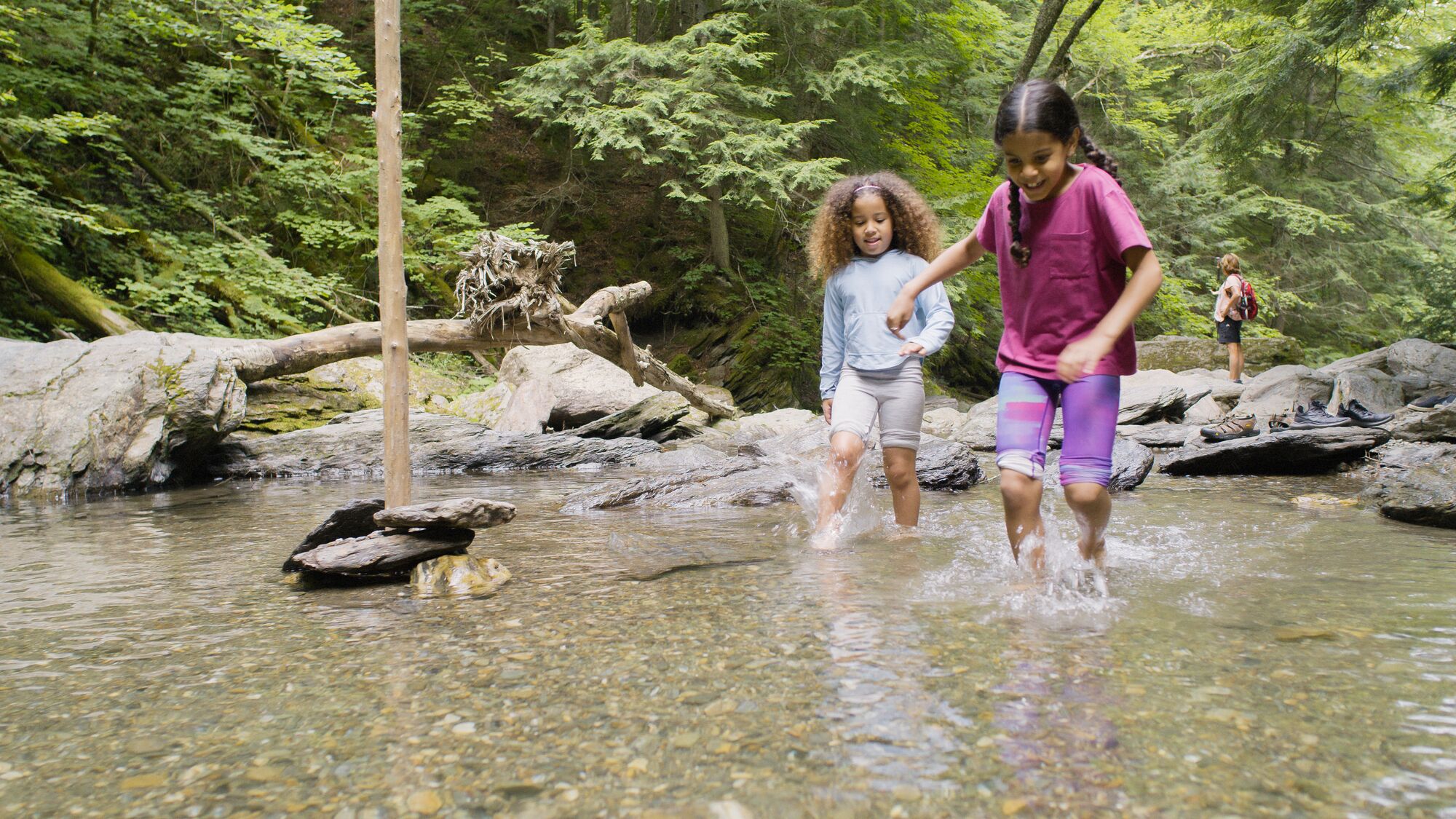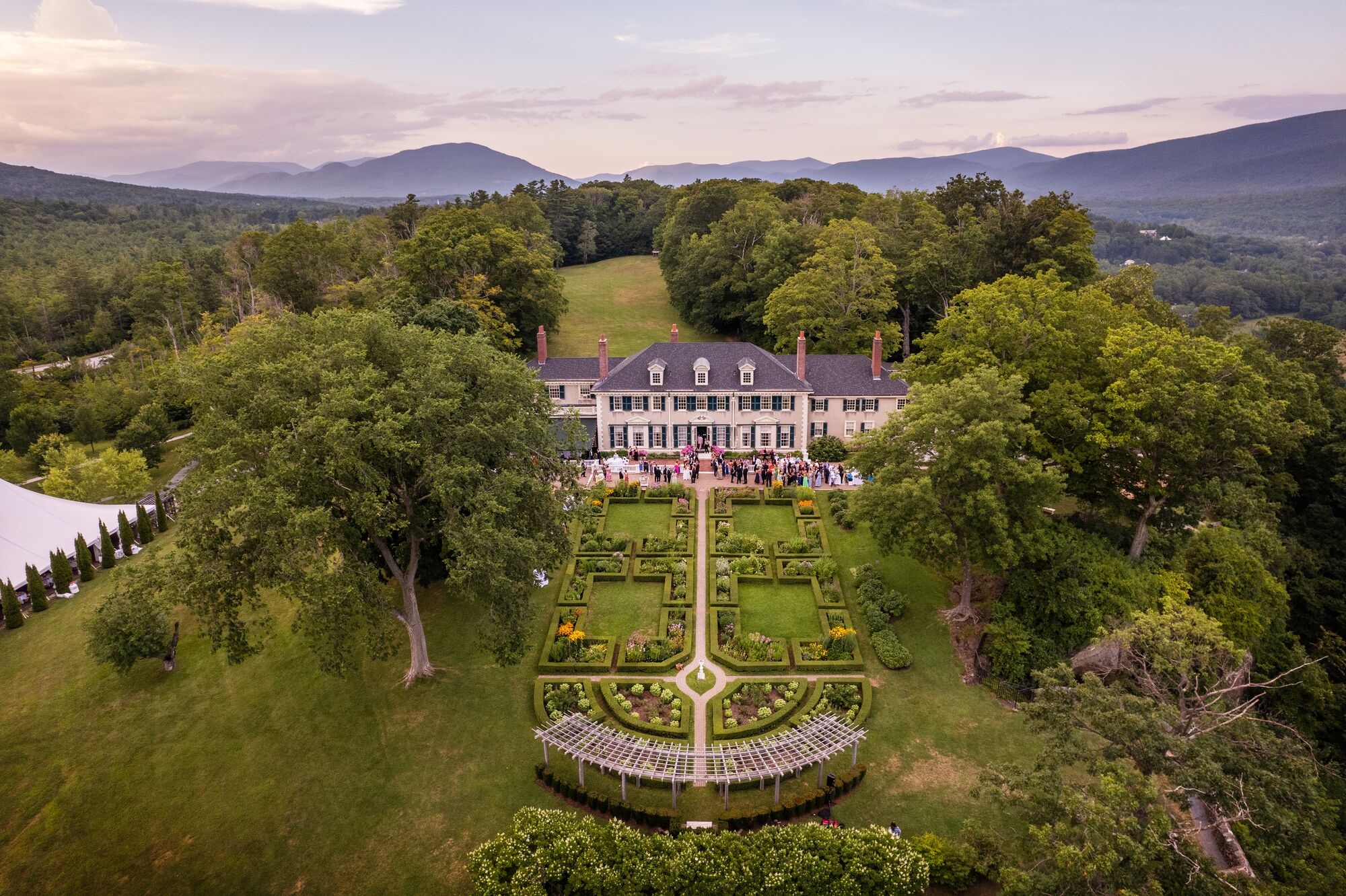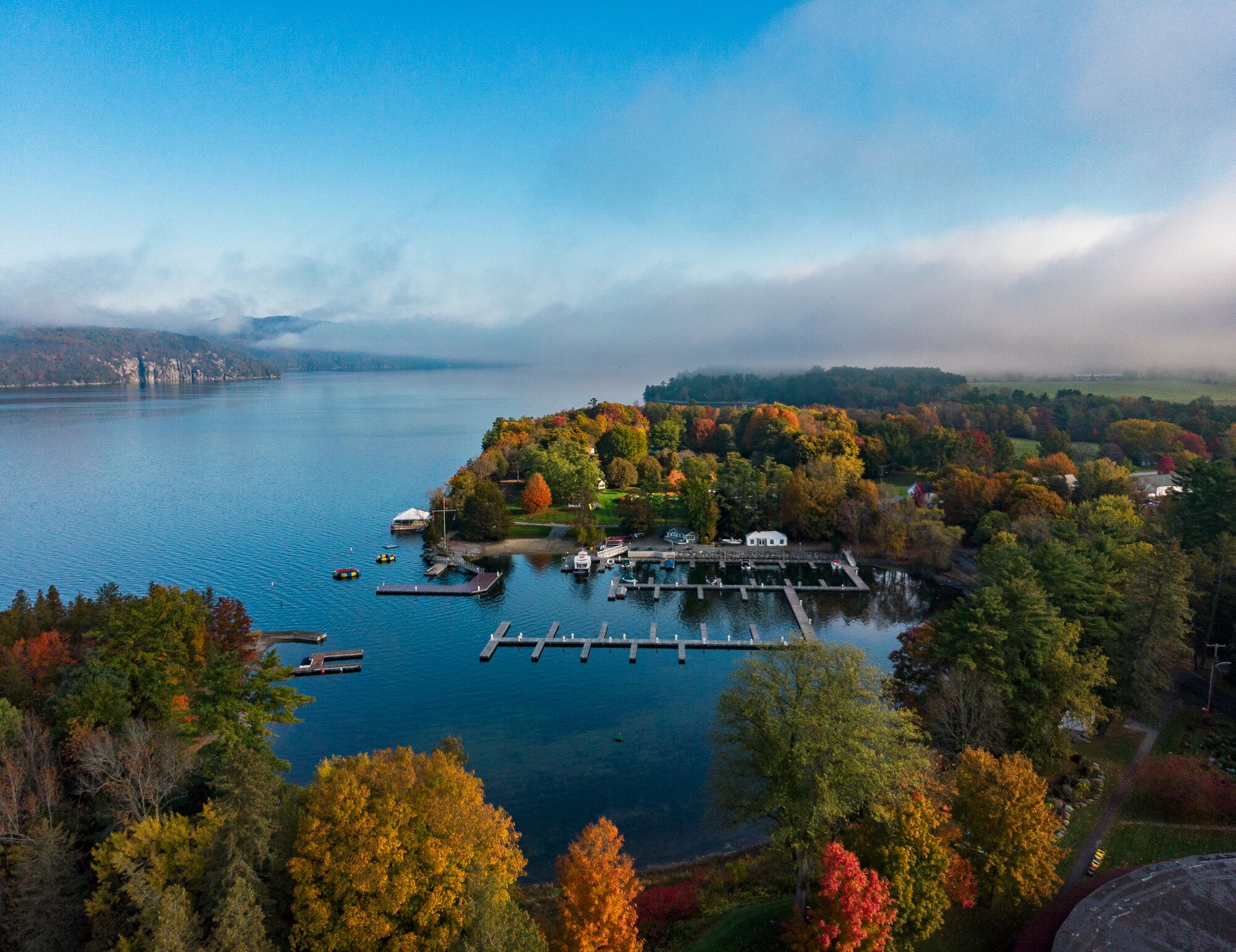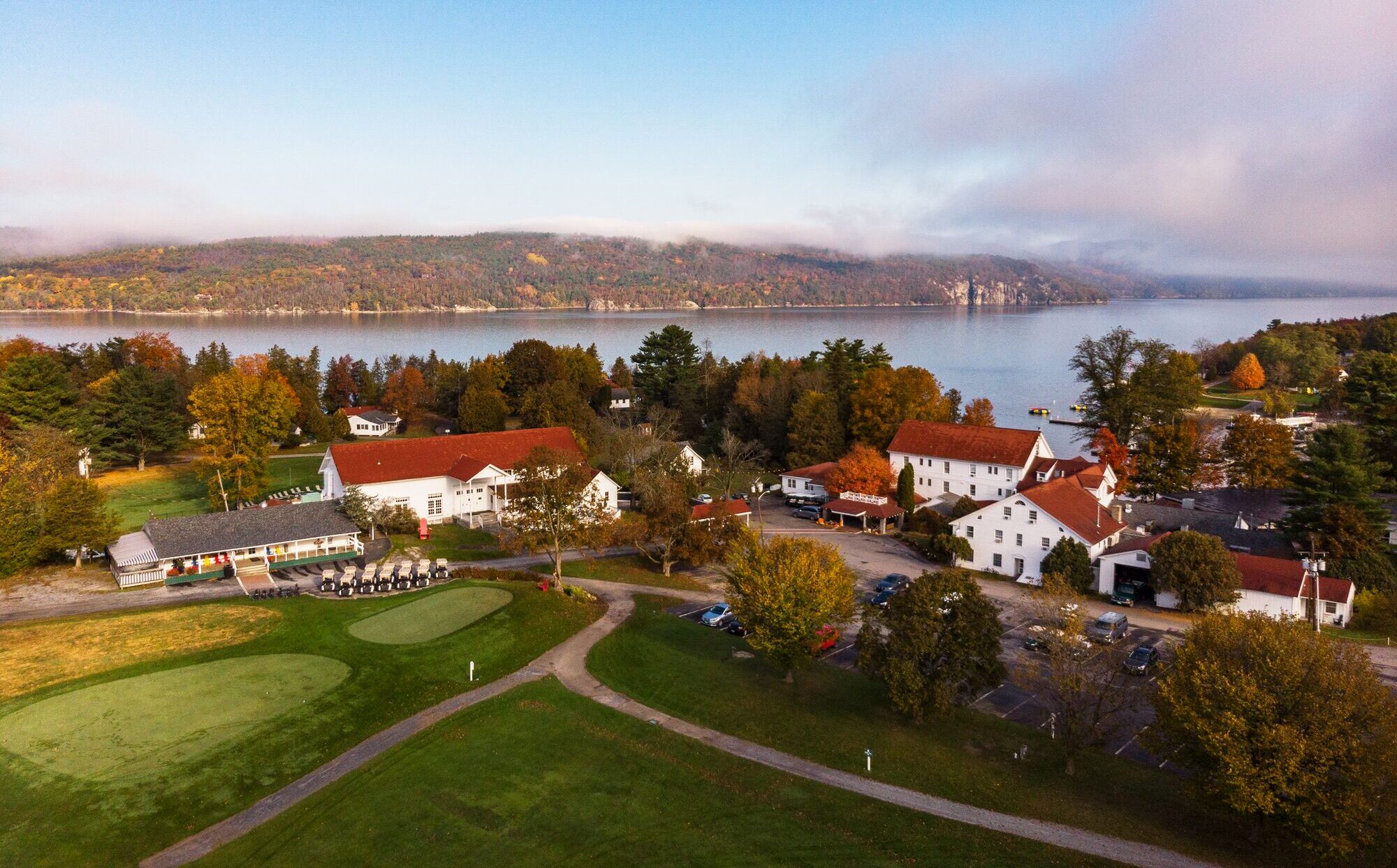Historic Sites
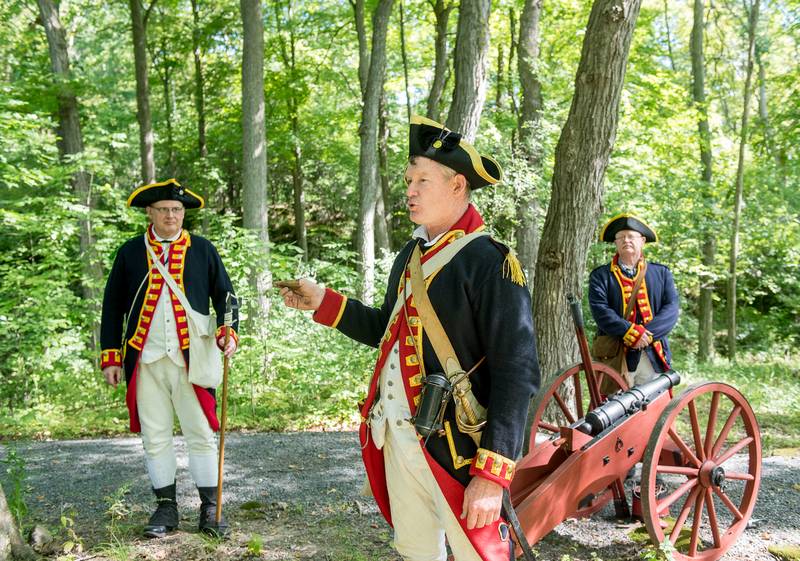
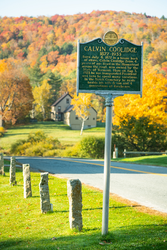
History Comes Alive
Historic Sites in Vermont
Vermont’s historic sites and museums take visitors through the history of life in Vermont, from Indigenous history to early settlement to the state’s role in the Revolutionary War. Explore the homesteads of notable figures who’ve called the Green Mountains home, including U.S. Presidents Chester A. Arthur and Calvin Coolidge. State-owned historic sites host events that tie in Vermont history, like a day hike into Revolutionary War history, demonstrations of historic farming tools and techniques, and immersive reenactments that take visitors back in time. Vermont’s 315 roadside markers illuminate historically significant spots along byways and back roads, making it easy to connect with Green Mountain stories on a road trip or scenic drive.
Vermont’s Historic Sites
Get to know the beginnings of the land now called Vermont, from its Abenaki roots to its role in the American Revolution and Civil War to today.
Bennington Battle Monument
At 306 feet, Vermont’s tallest man-made monument honors a pivotal Revolutionary War victory for soldiers from Vermont, Massachusetts, and New Hampshire.
Read More about Bennington Battle MonumentRead MoreMount Independence State Historic Site
Six miles of trails outline archaeological remains of a Revolutionary War fortress at Mount Independence, so named after the Declaration of Independence was read here.
Read More about Mount Independence State Historic SiteRead MorePres. Calvin Coolidge
Discover a 19th century schoolhouse, cheese factory, dance hall, post office, and historic buildings at the Plymouth Notch homestead of Pres. Calvin Coolidge.
Read More about Pres. Calvin CoolidgeRead MoreSen. Justin S. Morrill
Justin Smith Morrill was the longest-serving member of Congress for its first 160 years and his Strafford homestead was the first National Historic Landmark in Vermont.
Read More about Sen. Justin S. MorrillRead MoreChimney Point
Indigenous, French Canadian, and early American cultures converge at this historic site on the Vermont/New York border with an 18th century tavern.
Read More about Chimney PointRead MorePres. Chester A. Arthur
21st U.S. President Chester Arthur’s Fairfield home was the first historic site owned by the state, reconstructed in 1953.
Read More about Pres. Chester A. ArthurRead MoreEvents at Vermont Historic Sites
History comes alive when Vermont’s state-owned historic sites celebrate annual events, including reenactments, historically accurate activities for the family, and live music.
Independence Day at Pres. Calvin Coolidge Historic Site
Annually on July 4
Read More about Independence Day at Pres. Calvin Coolidge Historic SiteRead More

Vermont Historic Sites
The Vermont Division of Historic Preservation works to research and steward Vermont’s oldest and most historically significant places.
Learn More about Vermont Historic Sites